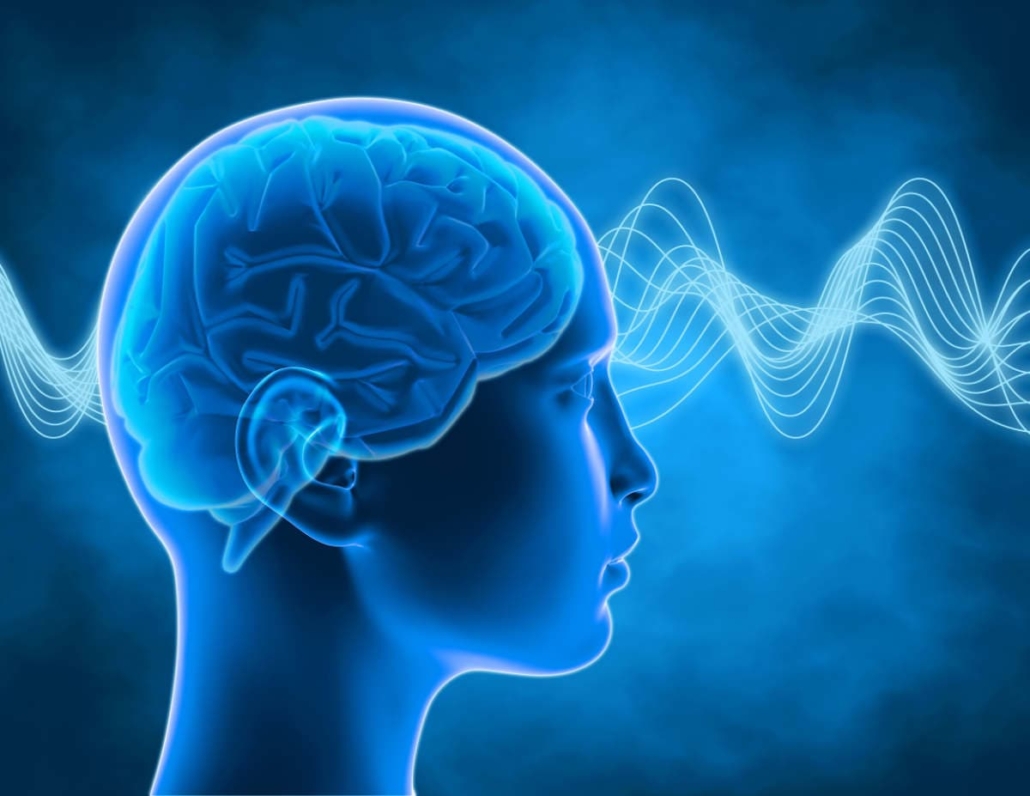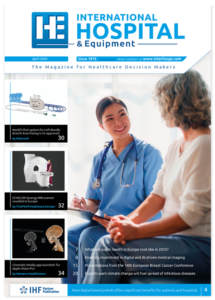Brain theta waves link audiovisual speech and memory formation
Researchers have discovered that theta brain waves play a crucial role in integrating visual lip movements with speech sounds during memory formation. The study demonstrates how disrupting the natural synchronisation between these audiovisual cues affects neural oscillations in both the neocortex and hippocampus, potentially impacting speech memory accuracy.
A groundbreaking study published in The Journal of Neuroscience on 21 May 2025 has revealed the critical role of theta oscillations in how the brain processes and remembers audiovisual speech. The research, led by Emmanuel Biau from the University of Liverpool, provides new insights into the neural mechanisms underlying multisensory speech memory formation.
Theta oscillations coordinate multisensory integration
The study investigated how fine-grained synchrony between visual lip movements and auditory speech sounds impacts brain oscillations during memory formation. Using magnetoencephalography (MEG), researchers recorded brain activity whilst participants viewed short movie clips of speakers in real interviews, with some clips maintaining natural audiovisual synchrony whilst others were deliberately desynchronised.
“This study tests our phase-modulated plasticity hypothesis, proposing that fine-grained synchrony between lip movements and speech sounds within theta oscillations determines the formation of multisensory speech memories,” the authors explain. They hypothesised that theta synchrony increases the likelihood of visual and auditory inputs arriving at the same theta phase in the hippocampus, facilitating memory association.
The research team created two versions of 88 video clips: synchronous versions maintaining natural alignment between visual and auditory signals, and asynchronous versions where auditory signals were delayed by 180 degrees of the preferred theta oscillation (4-8 Hz range). This manipulation specifically targeted the theta frequency band where lip movements and speech envelope naturally align.
Neocortical and hippocampal responses to synchrony
The findings revealed that theta oscillations in both neocortical and hippocampal regions were significantly modulated by the level of synchrony between lip movements and syllables. When audiovisual speech was presented asynchronously, researchers observed decreased theta power in bilateral temporal and medial-temporal regions, right superior and inferior parietal lobules, and left frontal gyrus.
Particularly striking was the discovery that the hippocampus, a critical region for memory formation, showed specific sensitivity to theta-frequency desynchronisation. “We found that audiovisual asynchrony impacted neocortical and hippocampal theta oscillations during movie encoding,” the researchers note. The hippocampal theta power decrease was specifically localised to the 4-8 Hz frequency range where multisensory syllable information was manipulated.
Memory replay accuracy affected by encoding synchrony
Perhaps most intriguingly, the study demonstrated that audiovisual asynchrony during encoding reduced the accuracy of subsequent theta oscillation reinstatement during memory retrieval. Using a novel sliding window approach, researchers measured how accurately the brain replayed theta patterns from the original speech envelope during memory recall.
The analysis revealed higher theta phase similarity for synchronous compared with asynchronous movies in the left auditory cortex during successful retrieval. This suggests that the temporal alignment of audiovisual inputs during initial encoding directly influences the fidelity of memory replay.
“Furthermore, desynchronising lip movements and speech sounds relative to the dominant theta oscillation in the movies disrupted subsequent theta reinstatement during memory recall,” the authors report. This finding demonstrates a direct link between encoding synchrony and the precision of memory-related neural activity.
Clinical implications for speech processing disorders
The research has significant implications for understanding speech processing disorders and developing therapeutic interventions. The findings suggest that disruptions in theta-frequency coordination between visual and auditory speech cues could contribute to difficulties in audiovisual speech processing seen in various neurological and developmental conditions.
The study’s methodology, combining natural speech stimuli with precise neural measurements, provides a more ecologically valid approach to understanding real-world speech processing compared to previous laboratory-based studies using artificial stimuli.
Methodological innovations in memory research
The research employed sophisticated analytical techniques, including mutual information analysis to identify the dominant theta frequencies aligning lip movements and auditory envelopes in each movie clip. This approach ensured that manipulations were precisely targeted to the natural theta rhythms organising speech information.
The use of MEG allowed researchers to capture both the spatial and temporal dynamics of theta oscillations across the brain, providing unprecedented insight into how different brain regions coordinate during audiovisual speech processing.
Future directions and limitations
Whilst the study successfully demonstrated neural effects of audiovisual asynchrony, behavioural memory performance was not significantly impaired by the theta desynchronisation. The authors suggest this may reflect the sensitivity of their memory task or participants’ ability to compensate for the artificial desynchronisation.
“We conclude that neural theta oscillations play a pivotal role in both audiovisual integration and memory replay of speech,” the researchers state. These findings open new avenues for investigating how brain rhythms coordinate complex multisensory experiences and could inform rehabilitation strategies for individuals with speech processing difficulties.
The research represents a significant advance in understanding the neural basis of audiovisual speech processing, demonstrating how the brain’s natural rhythms orchestrate the integration of multiple sensory streams into coherent memories.
Reference
Biau, E., Wang, D., Park, H., Jensen, O., & Hanslmayr, S. (2025). Neocortical and hippocampal theta oscillations track audiovisual integration and replay of speech memories. The Journal of Neuroscience, 45(21), e1797242025. https://doi.org/10.1523/JNEUROSCI.1797-24.2025


